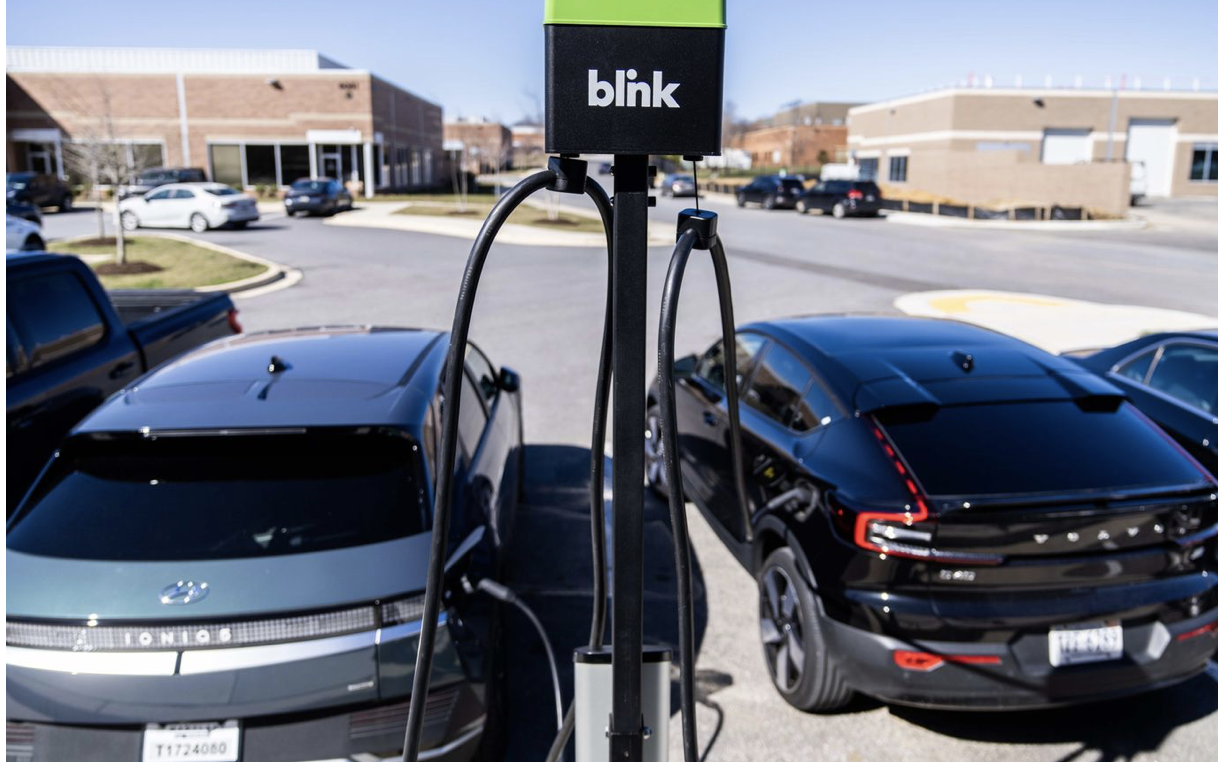By: The Editorial Board – wsj.com – March 20, 2024
The Environmental Protection Agency somewhat eased CO2 emissions requirements through 2030 from its proposal last spring while maintaining essentially the same end-point for 2032. That means gas-powered cars can make up no more than 30% of auto sales by 2032. Make no mistake: This is a coerced phase-out of gas-powered cars.
Auto makers lauded the Administration for “moderating the pace of EV adoption” in “the next few (very critical) years of the EV transition” while calling its targets “still a stretch.” The Administration has taken auto companies hostage, threatening to cause financial carnage across the industry with its EV mandate. CEOs are grateful for the delay in execution.
EVs made up less than 8% of new auto sales last year, and more than half were Teslas. They accounted for less than 4% of General Motors
and Ford sales. Foreign luxury auto makers such as BMW (12.5%), Mercedes (11.4%) and Porsche (10%) will have an easier time meeting the Biden mandates because their affluent customers can more easily afford EVs.
The average price of a new EV is roughly $50,000, and only two cost less than $40,000 as of December: the Chevy Bolt and Nissan Leaf. Some makers have slashed EV prices to boost sales, but they are also losing money. Ford ran an operating loss of $4.7 billion on its EV business in 2023, equivalent to $64,731 per EV sold.
The companies are heavily subsidizing EVs with profits from gas-powered cars. This means middle-class Americans in Fargo are paying more for gas-powered cars so the affluent in Napa Valley can buy cheaper EVs. This cost-shift won’t be financially sustainable as the Biden mandate ramps up, and it may not be politically sustainable either.
Most popular gas-powered pickups emit about 430 grams of CO2 per mile. Under EPA’s final rule, trucks will have to average 184 g/mile in 2027, 128 g/mile in 2030 and 90 g/mile by 2032. Ergo, the companies will effectively have to produce one to two electric trucks for every gas-powered one in 2027. The ratio will be closer to four to one by 2032.
EPA claims the rule preserves “consumer choice” because hybrids and plug-in hybrids can help meet the standards in the early years. But auto makers will have no choice but to limit gas-powered, and increase EV, production to meet the mandates. The only “choice” Americans will have in the future is electric.
The White House claim that the standards will boost jobs, reduce pollution and save consumers tens of billions of dollars in fuel costs is false advertising. EVs require many fewer parts and workers to produce. Major auto makers have cut thousands of jobs in the past couple of years to finance their EV “transitions.”
Lower auto profits will also hurt Detroit’s workers who receive profit-sharing bonuses. Companies hope to make EVs profitable through increased manufacturing efficiencies, but this will also likely mean fewer jobs. Technological disruption sometimes causes job losses, but the culprit here will be government mandates, not consumer preference.
As for pollution, gas-powered cars emit more particulate matter and NOx from tailpipes than EVs. But battery-powered cars are heavier and cause more wear and tear on roads and tires, which produces more soot. Generating electricity and producing the batteries that power EVs also creates particulate pollution.
A new Panasonic EV battery plant in Kansas that will receive billions of dollars in subsidies from the Inflation Reduction Act is forcing a local utility to keep open a coal plant that was scheduled to close. Congratulations, Mr. President, for increasing coal production.
***
Not long ago, it was cheaper to fuel up an EV than a gas-powered car. No longer thanks to the government’s force-fed renewable transition, which is raising electricity prices. Fueling up a Ford F-Series truck now costs about $17 per 100 miles on average compared to $17.75 for an F-150 Lightning with mostly home-charging and $26.39 with mostly commercial chargers.
Biden officials believe that with enough subsidies, consumers will buy EVs. Beijing thought the same. Yet EVs that Chinese consumers don’t want are now sitting on scrap yards and flooding foreign markets.
Donald Trump was right when he pointed out last weekend that President Biden’s EV mandate will do great harm to the U.S. auto industry. But the Biden White House is determined to remake the industry, no matter the damage.
To see this article in its entirety and to subscribe to others like it, please choose to read more.
 Listen Online
Listen Online Watch Online
Watch Online Find a Station in Your Area
Find a Station in Your Area









 Listen Now
Listen Now Watch Online
Watch Online
